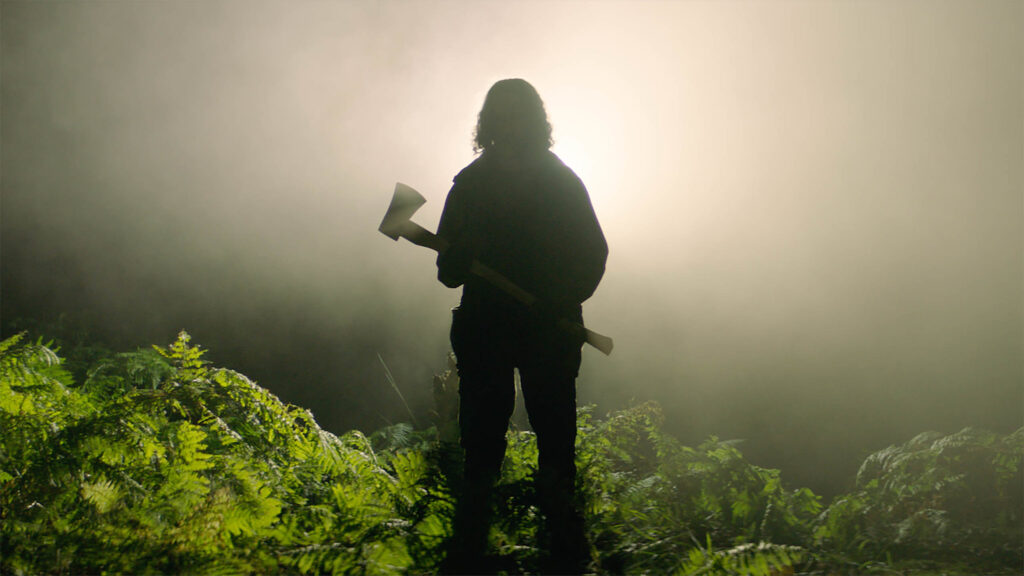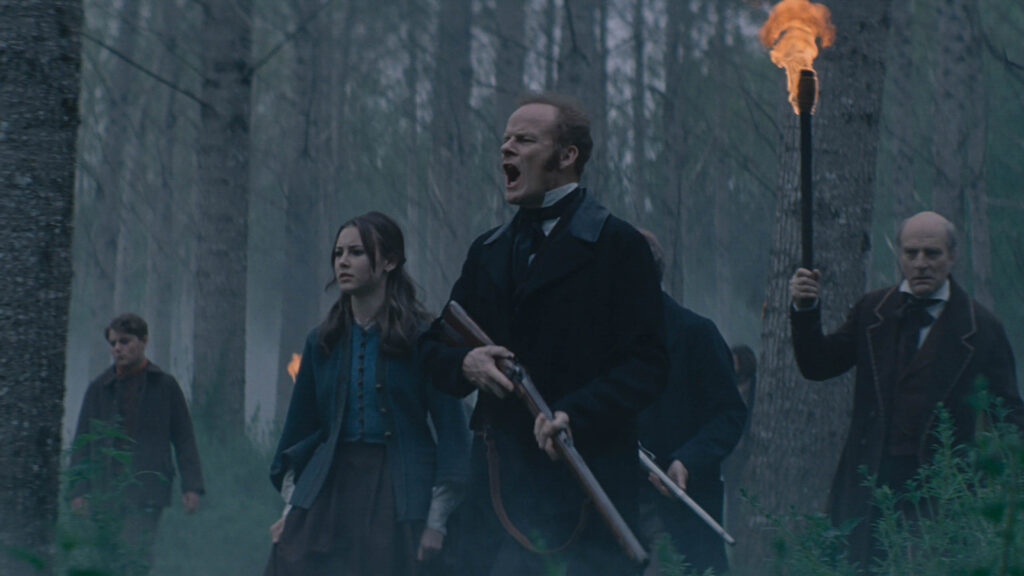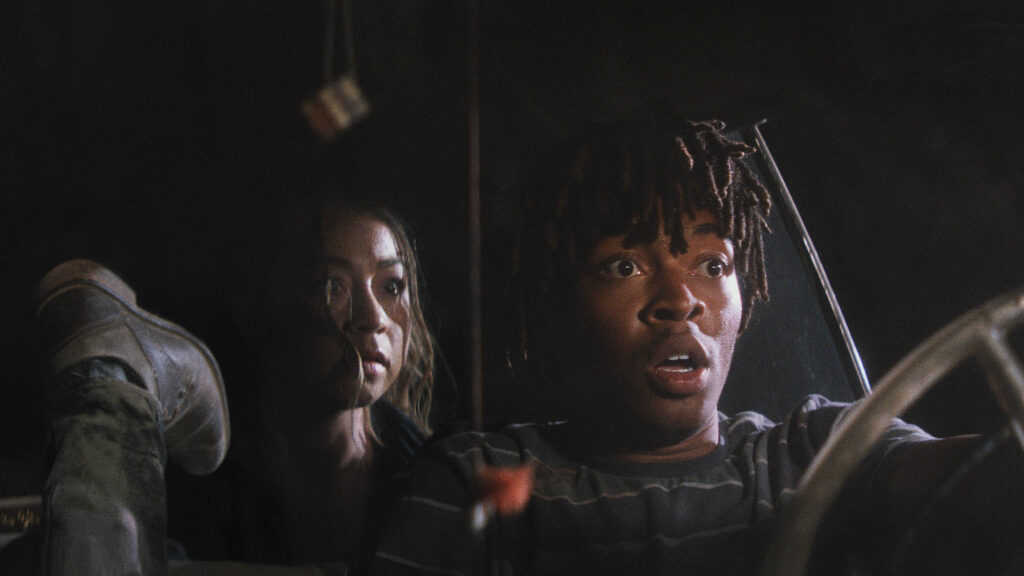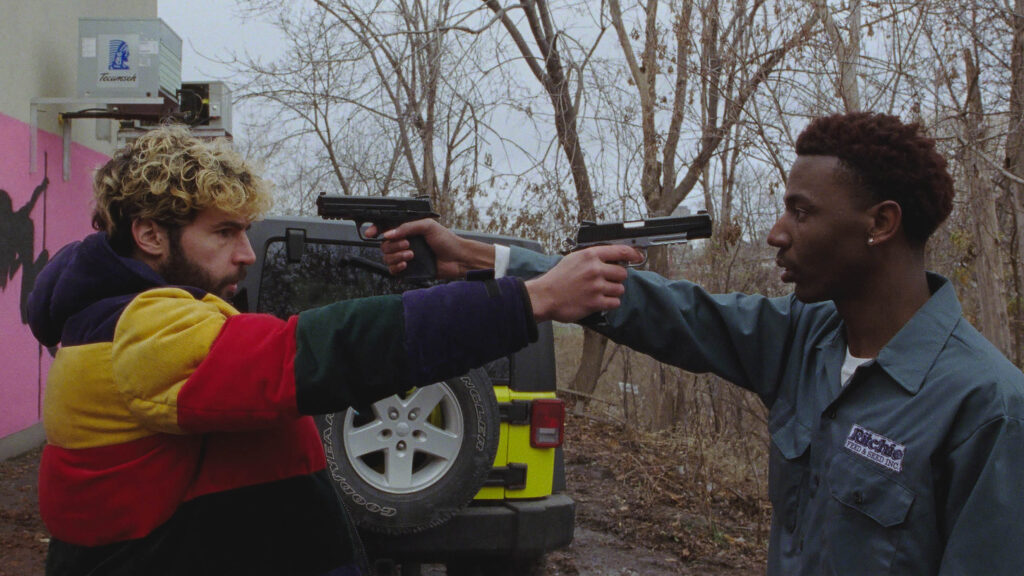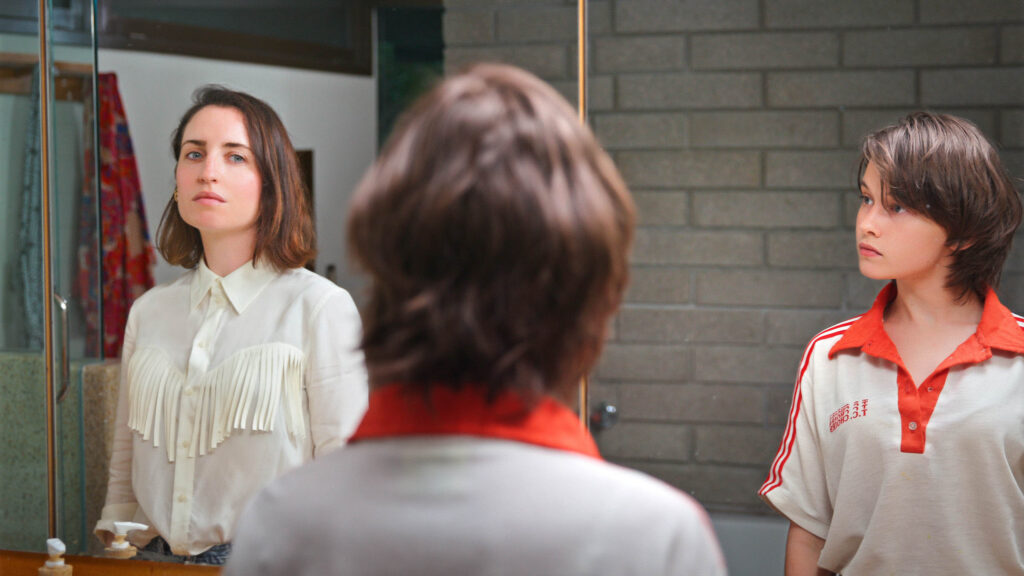Sundance Review: Prime Time
Written by Ian Thomas Malone, Posted in Blog, Movie Reviews, Pop Culture
The world is full of people who want to be on television, not necessarily out of acting ambitions or to showcase any particular talents, but rather out of a more primitive instinct. So many simply want to be seen, to stand out from the rest of our busy society. Prime Time focuses its narrative on a very lonely boy, desperate for someone, anyone, out there to stop for a moment and acknowledge his very existence.
Set on January 31st, 1999, in the heart of Y2K mania, director Jakub Piatek cuts through the noise of the era, a period piece that doesn’t really rely at all on being set in the past. Mira Kyle (Magdalena Poplawska) is a TV presenter facing stiff competition from the younger talent at the network. Plans for a New Year’s Eve broadcast are hindered by Sebastian (Bartosz Bielenia), who takes Kyle and Grzegorz (Andrezej Klak) hostage in an attempt to force his way on live TV.
Piatek impresses as he wrestles with themes of visibility and control throughout the narrative, a strong debut for the talented director. The main suspense comes from Sebastian’s constant arguing with the police, the film producers, and his loathsome father. Sebastian may wield the gun, but he’s hardly ever in charge of the mess of his own making.
The women of the film keep the tempo, sensible counterweights to all the chaos. When her supervisors fail, young officer Lena (Monika Frajzk) tries to reason with Sebastian rather than inflame the situation. As Kyle, Poplawska continuously captivates, carefully navigating the tightrope she’s forced to walk. Laura (Malgorzata Hajewska-Krzysztofik), a producer, also demonstrates a sense of calm that sets her apart from the rest in the male-dominated control room.
As the unassuming security guard that no one seems to care about, Klak is in many ways the film’s secret weapon. Security guards are not exactly equipped for hostage situations, but Klak gives Grzegorz a satisfying supporting arc that flies under the radar for much of the narrative. Shot during the pandemic, the entire cast deserves a lot of credit for the way they came together to create such riveting suspense within fairly small confines.
Piatek does struggle a bit when it comes to presenting Sebastian and his rationale. He plays footsie a bit too much with the idea of sympathy for his gun-wielding hero, a dynamic complicated by his reservation toward truly exploring the root of Sebastian’s actions. The media is often criticized after mass shootings for coverage deemed sympathetic toward the plight of these perpetrators.
That’s not to say that Sebastian can’t exist in a grey area. Piatek points toward that direction without responsibly making the case for why the audience should feel for him. Bielenia’s performance might elicit that kind of reaction anyway, but that doesn’t excuse the script of its obligations to avoid lionizing people who pull these kinds of stunts.
Despite a few bumps along the way, Prime Time is a satisfying suspense-filled thriller. The acting is superb and the film never drags through its brisk ninety-three-minute runtime. Piatek is an inventive director with a bright future ahead of him.






